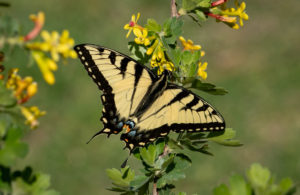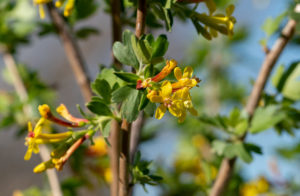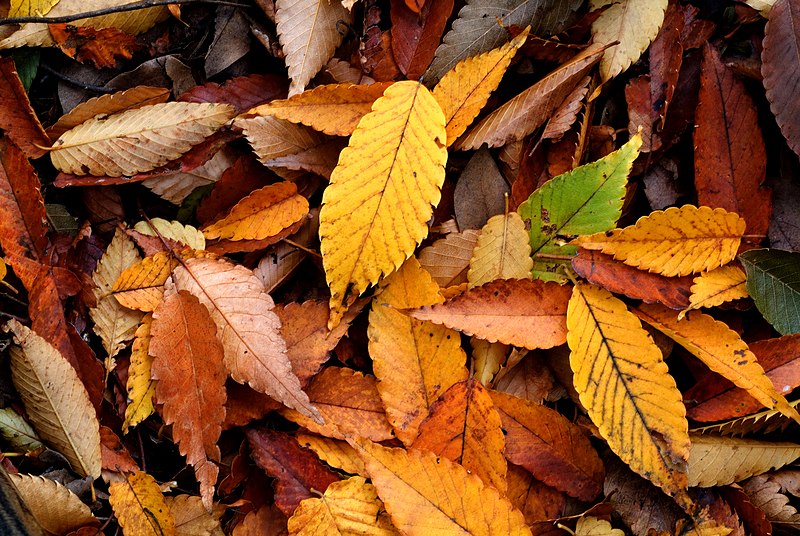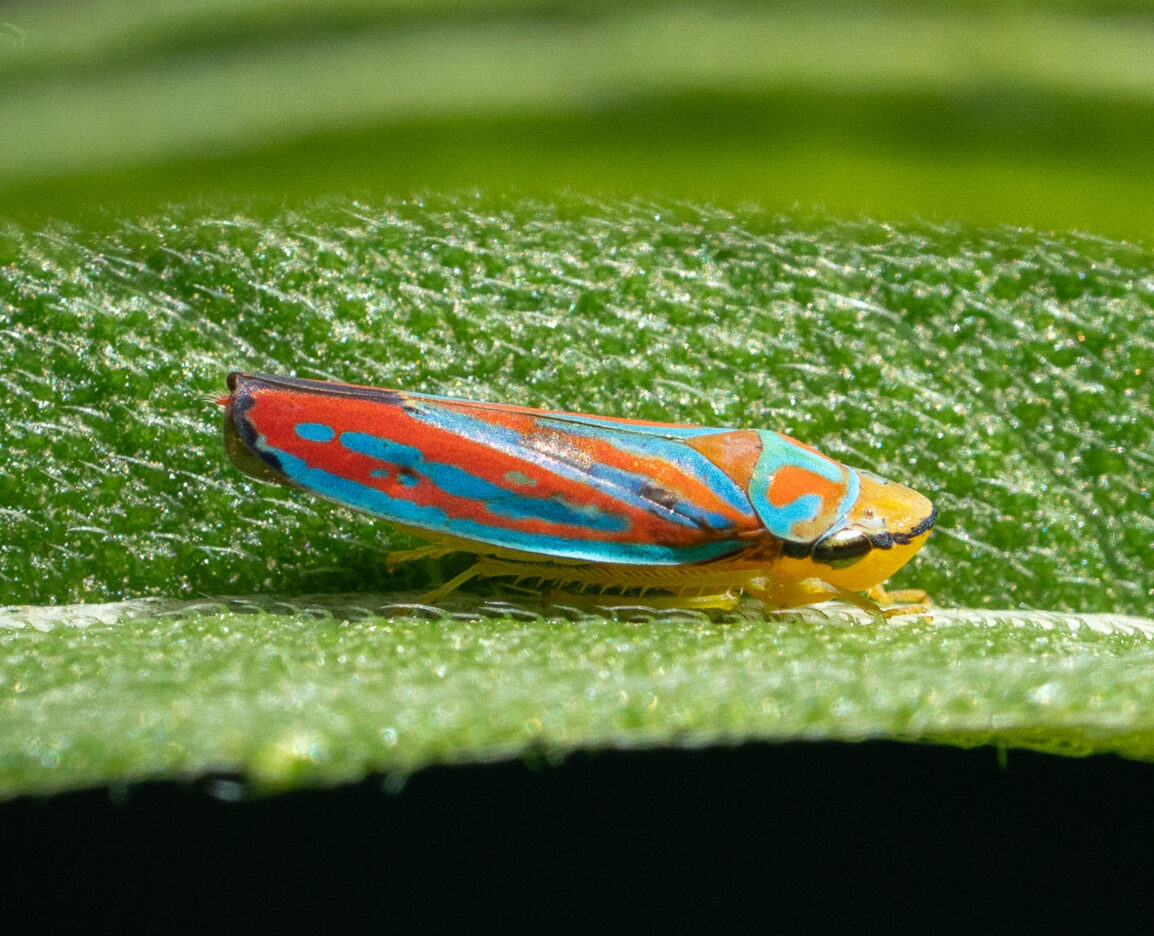Clove Currant: a Great Native Shrub for Wildlife
Views: 2101

This is the first year a clove currant has bloomed in my yard. I planted it in a less-than-ideal location for a clove currant, and I accidentally cut it back to the ground twice in ensuing years. Yet this year, it bloomed gloriously, and it was a popular spot for early butterflies and lots of bees, including my American bumble bees. Clove currant is a great native shrub for wildlife gardens, if you have the space to add one.
About clove currant
Clove currant (Ribes aureum var. villosum) may also be called golden currant, buffalo currant, or Missouri currant. To make things confusing, this variant is considered by some to be a separate species, Ribes odoratum. Botanical names aside, this shrub grows up to six feet high and spreads slowly via suckering. Canes are thornless, with an upright to arching habit. It is native to most of Canada and the U.S., except for the Southeast.
The yellow flowers on my shrub bloomed in early spring, just after my flowering quince. They are extremely fragrant, smelling strongly of clove, especially in the late afternoon. (Not coincidentally, that is also when they saw the most activity from pollinators.)

Planting
The fact that my shrub has survived transplantation; terrible drought; accidental mauling (twice); and full, blistering sun is testament to this plant’s hardiness. In the wild, they grow anywhere from floodplains to cliff faces, from full sun to partial shade. They may have a preference for sandy soils, but the parent of my shrub is doing well in clay. According to the Lady Bird Johnson Wildflower Center, they prefer circumneutral soils (pH 6.8-7.2). However, many gardening websites recommend alkaline soils. In general, I would say clove currants are unfussy about light, soil, or moisture. They are hardy to zone 4.
Cultivars are available. One of the most common is named ‘Crandall.’
White Pine Blister Rust Disease
Some states prohibit planting Ribes species (currants and gooseberries) because they may host white pine blister rust. Clove currant is a suspected alternate host for white pine blister rust, so be sure to check your state’s regulations before planting. An internet search showed that states regulating currants and gooseberries are those with white pine forests, including New Hampshire, West Virginia, and North Carolina. A comprehensive list can be found at this website.
Meet Leslie Miller
Leslie Ann Miller shares 3.5 acres in rural Oklahoma with birds, butterflies and wide variety of animals. She is currently transforming her yard with plantings…
Leslie's Recent Posts

Four Reasons to Leave Your Leaves for Wildlife This Fall






